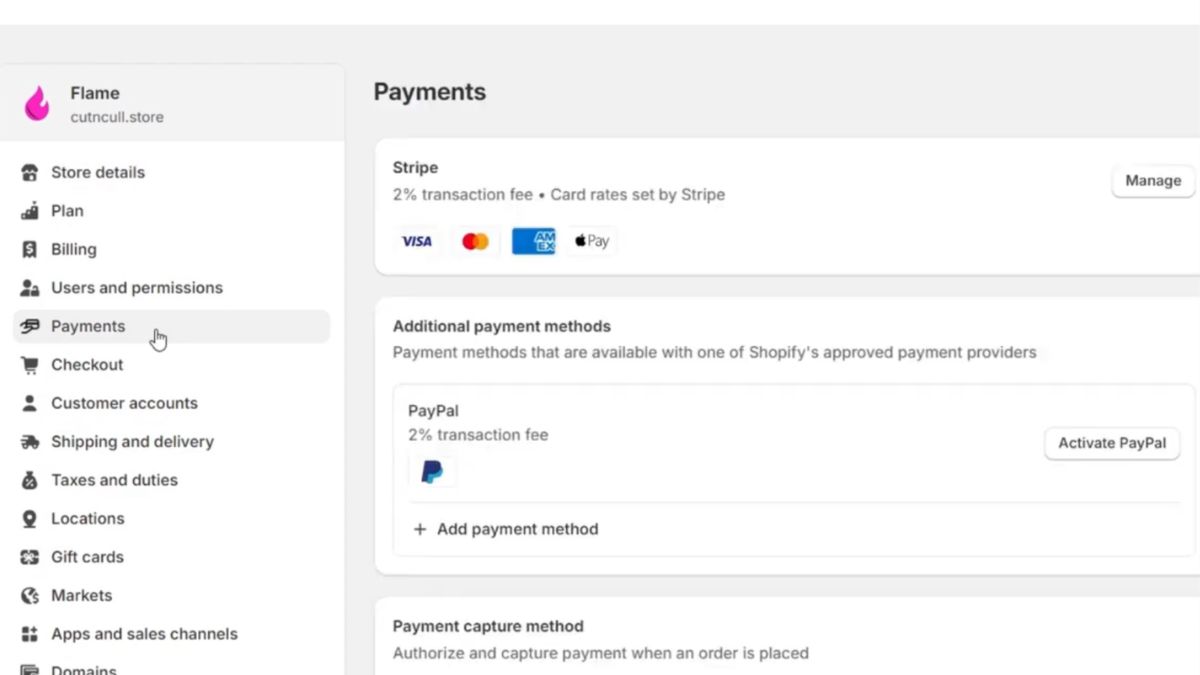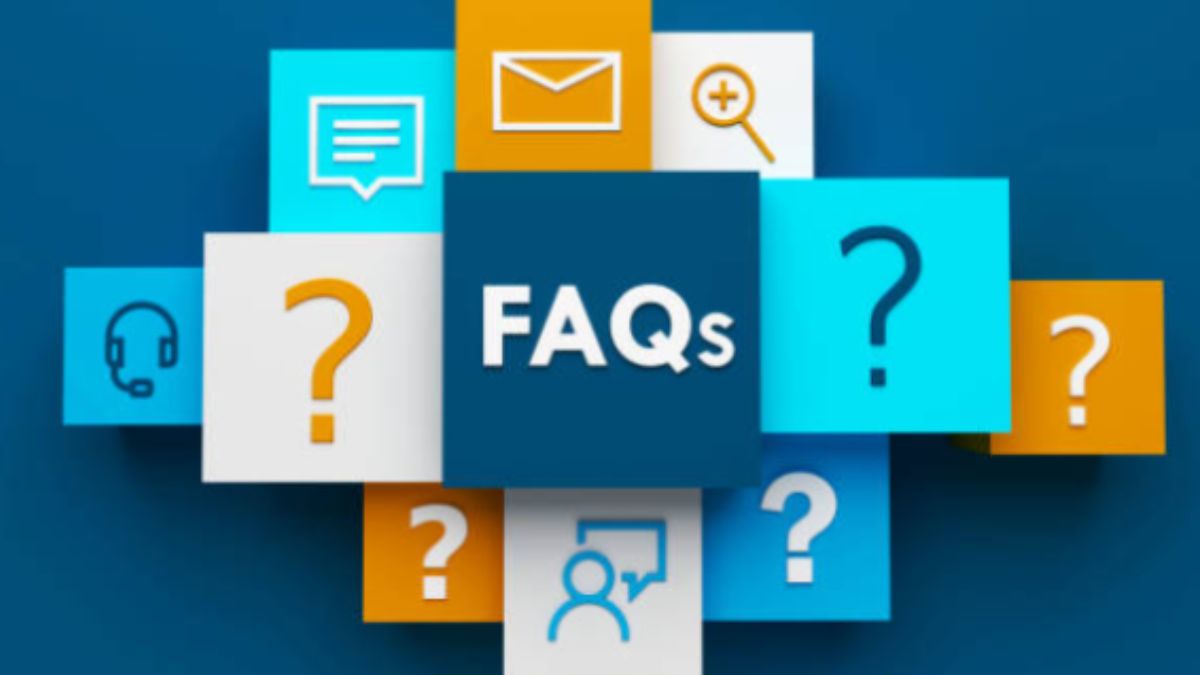How To Set Up PayPal On Shopify: A Step-by-step Guide
Summer Nguyen | 08-07-2024
Accepting PayPal will help make the Shopify checkout process in your store a lot better for customers. It is an e-commerce business, which offers customers a service of safe online payments between individuals and companies. It works like middlemen between the buyers and sellers. PayPal offers a number of account types, which exist for different purposes: developer, company, and personal one.
This comprehensive tutorial will guide you through the process of linking PayPal to your online store from Shopify. It is useful whether you are new to e-business or looking to improve your current online store. Ensuring a hassle-free transaction process for your consumers throughout the entire journey is crucial.
Why You Should Integrate PayPal to Your Shopify Store
Integrating PayPal into your Shopify store offers many benefits for both merchants and customers. PayPal is known for its ease of use and wide acceptance.
Merchant and Customer Friendly
PayPal is easy to set up on Shopify. It takes only a few steps. Once integrated, customers can pay quickly. They do not need to enter their card details every time. This convenience attracts more customers. Merchants also benefit from faster payments.
Security
PayPal is very secure. It uses advanced encryption. This protects both merchants and customers. When customers see the PayPal logo, they feel safe. This trust can lead to more sales. Merchants also have fewer chargebacks.
Faster checkout
PayPal offers a quick checkout process. Customers can complete their purchase with a few clicks. They do not need to fill in long forms. This reduces the chances of cart abandonment. Faster checkout means happier customers.
Increased purchase
PayPal can increase your sales. Many people prefer to use PayPal. They trust it more than other payment methods. When you offer PayPal, you attract these customers. This can lead to more purchases. Also, PayPal often runs promotions that encourage spending. This can boost your sales further.
In general, integrating PayPal into your Shopify store is a smart move. It offers convenience, security, and increased sales. Both you and your customers will benefit.
How to add PayPal to Shopify?
Step 1: Create a PayPal Business Account
Go to the PayPal website -> Select Sign Up -> Enter your business name, email address, and contact information.
- Access the PayPal business account dashboard.
- Manage transactions.
- Configure payment options.
Step 2: Go to Payment providers
- Log into your Shopify admin panel.
- Go to the Settings tab.
- Select Store Details.
- Enter your PayPal email address.

- Save the changes.
- Your Shopify store is now connected to your PayPal business account.
- You can now accept payments using PayPal.
Step 3: Click on PayPal Express Checkout
- Access further features and services with your connected PayPal business account.
- Enable PayPal Express Checkout:
Click PayPal Express Checkout in the PayPal module -> Select Activate in the settings.
- Set up PayPal Smart Payment Buttons: Offer a smooth checkout process on various platforms and devices.
Step 4: Log in your PayPal account
- You will then be taken to the PayPal account login page.
- Enter your password and email address to log in to PayPal.
Step 5: Click Grant Permission
- As you complete the PayPal setup, the system will return you back to the Shopify sign in page.
- You will be prompted with a message that Shopify would like permission to process payment on your behalf.
- Click the Grant Permission button to enable this integration.
Step 6: Set Payment Authorization
- On the Shopify admin panel, go back to the PayPal settings section.
- They will both include the choice between Authorize or Authorize and Capture.
- Authorize: This option allows the capturing of the payment at the time the order was made. However the authorizing of the payment is done at a later period of time.
- Authorize and Capture: This option captures the funds at the point of order that implies that you have bought the share.
- Select the preferred payment authorization method according to your business needs.
Step 7: Click Save
- Once you have set the payment authorization method, ensure all other details are correct.
- Click the Save button to finalize the setup.
- You can now start taking payments through PayPal on your Shopify store since your integration with PayPal is complete.
What to do after PayPal and Shopify Integration
Shipping and Billing Setup
To begin, you ship and bill after installing PayPal to Shopify, the interface enabling direct integration.
- Go to the Settings tab in Shopify.
- Select Shipping and delivery. Add your shipping rates.
- Make sure to include different shipping options.
- Also, set up billing details.
- Go to the Settings tab.
- Select Billing. Add your payment methods and billing information.
Integrating Shopify PayPal with Guest Payments
Enable guest payments for PayPal on Shopify. This allows customers to pay without creating a PayPal account.
- Go to Settings in Shopify.
- Click on Payments.
- Under PayPal, select Manage. Enable guest checkout.
Include a Phone Number Section in Shopify and PayPal Express Checkout
Add a phone number section in both Shopify and PayPal Express Checkout. This helps with order verification and customer service.
- Go to Settings in Shopify.
- Click Checkout.
- Under Form Options, make sure the phone number field is required.
- For PayPal, go to your PayPal account settings.
- Under Selling tools, select Website preferences.
- Enable the phone number requirement.
Test PayPal Checkout Payment
- Test the PayPal checkout to ensure it works.
- Make a small test purchase at your store.
- Go through the checkout process.
- Select PayPal as the payment method.
- Complete the purchase.
- Check if the order appears in your Shopify admin.
- Confirm the payment in your PayPal account.
If everything works, your integration is successful. If there are issues, revisit the setup steps or contact support.
Common Issues When Integrating Paypal to Shopify and How to Fix
Even with careful attention to detail, problems with the PayPal and Shopify integration might occur. If you run into any problems, make sure you go over the PayPal and Shopify documentation thoroughly, get in touch with customer service, or seek advice from a qualified developer.
You can help avoid interruptions to your business operations by troubleshooting integration difficulties as soon as possible. The following are fixes for typical problems you may run into:
- Syncing PayPal with Your Store’s Country: Ensure that your Shopify and PayPal accounts have the same country settings.
- Need for a Business Account: Transform your PayPal account into a business model in order to take advantage of all of its features and resources.
- Duplicate invoice IDs: To avoid transaction issues while utilizing the same PayPal account across several stores, change the structure of the order ID in Shopify.
FAQ

Q: Is it possible for Shopify earnings to go straight into my PayPal account?
A: bank account is usually used as the payment option that is set up in your Shopify Payments account to handle payouts from Shopify. PayPal serves as an independent payment mechanism for clients.
Q: If my PayPal account isn’t a business account, what should I do?
A: To use PayPal with Shopify, you must upgrade to a business account. The PayPal website makes this process simple to complete, and it’s required in order to use integration capabilities.
Q: Do clients not need to have a PayPal account to check out?
A: Sure, clients can pay with credit cards without having to create a PayPal account if you allow guest payments in your PayPal account settings.
Q: How should I proceed if I receive an error message from PayPal saying “Too many requests for operation”?
A: This message informs you that due to an abnormally large volume of requests, PayPal has temporarily stopped your account. The easiest way to handle this situation is to get in touch with PayPal directly.
Conclusion
Integrating PayPal into your Shopify site has many advantages, including improved client trust and a more efficient checkout experience. By following the instructions provided in this tutorial, you can guarantee a seamless setup process and optimize your store for higher sales conversions. Remember that the goal is to provide convenience, safety and efficacy to your consumers’ buying process not a mere inclusion of PayPal.
Amidst a continuous rise in the use of the internet in purchasing goods, having an efficient payment system such as PayPal is an added advantage to any store. Start by configuring and personalizing your PayPal integration right now, and observe as sales and customer happiness soar to unprecedented levels in your online store.







